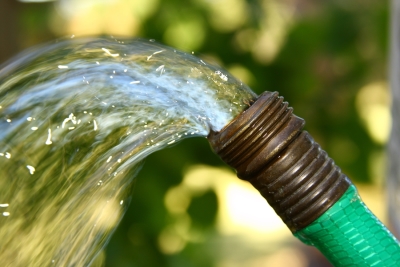As the weather gets warmer, you should consider visiting your local hardware store for low water use plants for your lawn and garden in San Jose. Due to the severe drought that the state of California is experiencing, there are increasingly strict regulations in place regarding residential water use. Here is a look at the latest California water conservation mandates that may affect your lawn and garden.
Proposed Emergency Conservation Regulation
In February of 2016, the California State Water Board extended and revised their emergency water conservation regulations. Though the state had experienced recent rainfall, it was still in the midst of a severe drought. The extended regulations govern urban water use for pools, household use, lawns, gardens, and car washing through October 2016. Local hardware stores may carry water conservation tools that will make it easier for homeowners to adhere to the emergency water conservation restrictions, such as low water use plants, hoses, and irrigation systems.
Executive Order B-37-16
On May 9, 2016, California Governor Edmund G. Brown Jr. issued an executive order that expanded existing water use restrictions. According to Executive Order B-37-16, residents must take part in monthly water use reporting, and adhere to permanent water use standards. This order specifically bans wasteful water use, such as hosing off sidewalks or driveways, re-filling pools, and washing cars. Residents are asked to reduce their use of sprinklers, replace lawns with low water use plants or gardens, fix leaky appliances, and install low flow toilets and washing machines. This executive order is an attempt to institute long-term improvements to drought preparation and efficient water use.
Water Conservation Enforcement
The State Water Resources Control Board’s Office of Enforcement oversees an enforcement policy that ensures that residents are following the water conservation guidelines. As of March 1, 2016, the general enforcement strategy considers priority one violations to be households that are more than 15 percentage points below the standard. Priority two violations refer to households that are five to fifteen percentage points from meeting the standard. Priority three violations apply to households that are one to five percentage points from meeting the standard.





